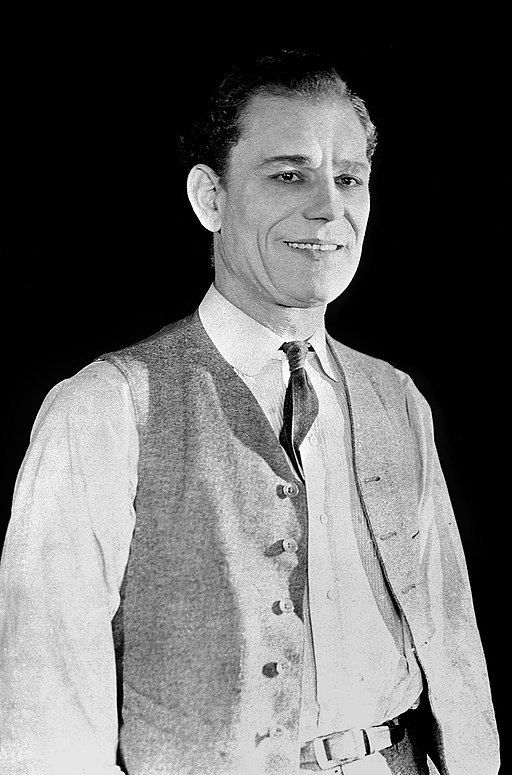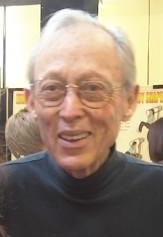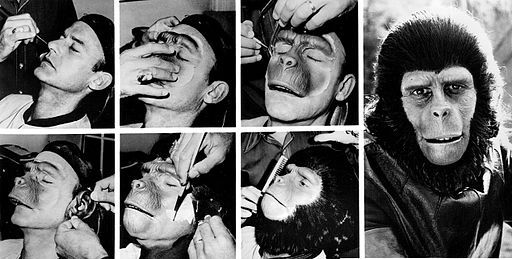WORKPRINT STUDIOS BLOG POST #13 - Movie Make-up
Filmmaking Blog
Welcome to the Workprint Studios Blog.
WORKPRINT STUDIOS BLOG POST #13 - Movie Make-up
The Art and Science of Movie Make-Up
Movie make-up art is both an art and science. It involves the use of various materials, techniques, and tools to create realistic-looking characters that convey emotions, personalities, and stories. Make-up artists use their skills to transform actors into characters, to age them, to make them look younger, or to make them appear more intimidating. Make-up art is essential to the filmmaking process, as it helps to create the illusion of reality on the screen. From prosthetics to special effects, make-up art has come a long way, and its evolution has contributed significantly to the film industry's success.
The Pioneers of Movie Make-Up
The history of movie make-up art dates back to the early 1900s. The first make-up artists were not credited, and their contributions to the film industry went unrecognized for years. However, some of the most notable pioneers of make-up art include Jack Pierce, who created the iconic look of Boris Karloff's Frankenstein's monster, and Lon Chaney Sr., who was known as the "man of a thousand faces" for his impressive make-up transformations. Other notable make-up artists include Dick Smith, who was responsible for the make-up in The Godfather and The Exorcist, and Rick Baker, who won seven Academy Awards for his work in films like An American Werewolf in London and Men in Black.
Techniques Used in Movie Make-Up
Make-up art involves a wide range of techniques to create various effects. Some of the most commonly used techniques include sculpting, molding, casting, and painting. For instance, sculpting involves creating a three-dimensional model of a character's face or body using clay or other materials. Molding involves creating a mold from the sculpture, while casting involves pouring liquid material into the mold to create a replica. Painting involves adding color and texture to the final product, and special effects involve using additional techniques like animatronics, prosthetics, and digital effects to create more complex effects.
Materials Used in Movie Make-Up
Make-up artists use a variety of materials to create their designs, including latex, silicone, foam, and wigs. For instance, latex is commonly used to create prosthetics and masks, while silicone is used for more intricate details and textures. Foam is used to create lightweight prosthetics, and wigs are used to create different hair styles and colors. Other materials used in make-up art include acrylic paints, adhesives, and glues, all of which are crucial to achieving the desired effects.
Historical Dates that Made an Impact on Film Make-Up Art
Several historical dates have contributed to the evolution of movie make-up art. In 1915, D.W. Griffith's epic film, Birth of a Nation, featured some of the earliest examples of make-up art. In 1931, Universal Studios released Dracula and Frankenstein, which marked the first time make-up was used to create horror movie monsters. In 1968, Night of the Living Dead revolutionized horror movies by using realistic make-up to create zombie effects. In the 1970s, Dick Smith revolutionized make-up art by creating a more realistic, subtle approach. In the 1980s, special effects became more advanced, with films like The Terminator and Robocop featuring more complex make-up effects. In the 1990s, CGI began to replace some practical make-up effects, but make-up artists continued to innovate and create realistic effects. Finally, in the 2000s and beyond, make-up artists have continued to push the boundaries of what is possible, with films like The Lord of the Rings and The Avengers featuring incredibly complex make-up designs.
Conclusion
Movie make-up art has played a vital role in the film industry's success, allowing filmmakers to create realistic and immersive worlds and characters that capture audiences' imaginations. From the pioneers of make-up art to the techniques and materials used today, the evolution of this craft has been a fascinating journey that has pushed the boundaries of what is possible in visual storytelling. As we continue to see advancements in technology and innovation in make-up art, it is clear that this field will continue to be an essential aspect of filmmaking for years to come. Ultimately, the magic of make-up art lies in its ability to transform actors and bring characters to life, creating unforgettable moments and stories that stay with audiences long after the credits roll.
DID YOU KNOW?
- The first movie to use makeup was the 1910 silent film "Hamlet" where the lead actor was made to look old using a combination of cotton and collodion to create wrinkles.
- In 1938, Max Factor introduced his "Pan-Cake" makeup, which was specifically designed to be used on film sets. It became an instant hit with movie stars, and it's still being used today.
- The iconic green makeup worn by the Wicked Witch of the West in "The Wizard of Oz" was actually made of copper-based paint, which was toxic and caused skin irritation for the actress who played the role.
- To create the aged appearance of Tom Hanks' character in "Cast Away," makeup artists used a combination of prosthetics, paint, and hair to create a convincing transformation.
- The makeup for the lead characters in "Avatar" required extensive prosthetics and body painting. Each actor spent several hours in the makeup chair before filming began.
- In "The Lord of the Rings" trilogy, the orcs were created using a combination of prosthetics, animatronics, and makeup. The process was so intensive that it took up to five hours to transform an actor into an orc.
- The Joker's makeup in "The Dark Knight" was intentionally smudged to create a chaotic, unpredictable appearance. The makeup artist used a combination of white grease paint and black eyeliner to achieve the iconic look.
Where you can find us.







